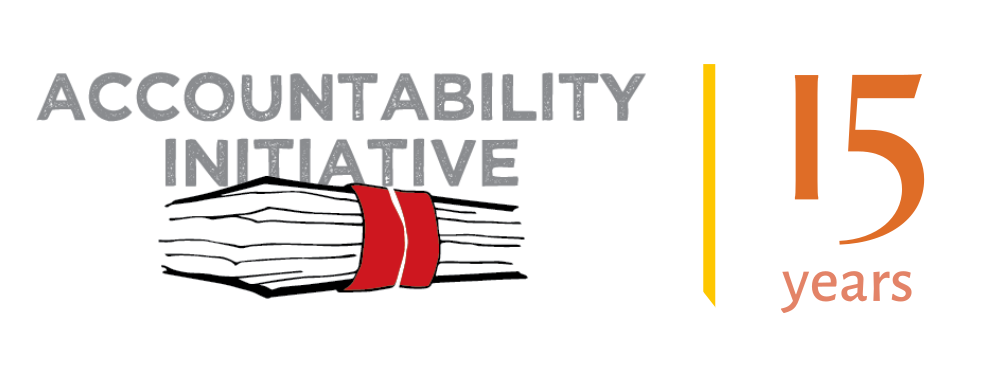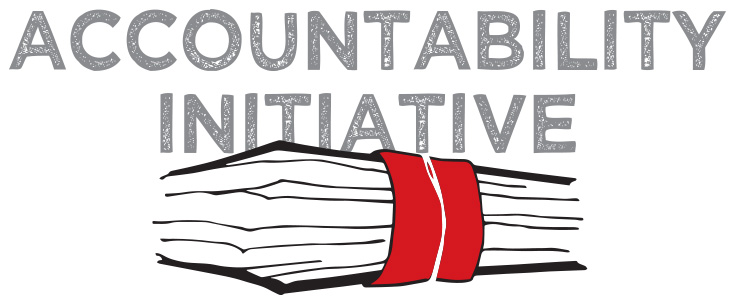The National Rural Health Mission (NRHM) is the Government of India’s flagship program for rural health. Among its various components, the ‘Janani Suraksha Yojna’ (JSY), roughly translated as ‘Safe Motherhood Scheme’ aims to encourage women to deliver their babies in medical facilities by providing cash incentives to these women.
Why is the JSY important:
Every year, more than 500,000 women die from causes related to pregnancy and child-birth (UNICEF (2008)). More than 99% of these deaths take place in developing countries. India alone has 22% of the global total. The pattern is quite similar for infant mortality. Most maternal deaths are related to obstetric complications- including post-partum haemorrhage, infections, eclampsia and prolonged or obstructed labor. Some 86% of the newborn deaths are the direct results of the three main causes- severe infections, asphyxia and preterm births. Infections include sepsis/ pneumonia, tetanus and diarrhea. The above facts suggest that delivering a baby in a medical facility, under the supervision of a skilled medical professional can make a significant dent in the instances of maternal and neo-natal mortality. Providing cash incentives was thought of as a faster way of encouraging women to come to the medical facilities to deliver their babies, thereby reducing maternal and infant mortality.
JSY:
The JSY is a conditional cash transfer scheme– a woman is paid money if she delivers her baby in a medical facility- in government health centres, like subcenters (SCs), Primary Health Centers (PHCs), Community Health Centers (CHCs) or general wards of district or state hospitals, government medical colleges or accredited private institutions. As of today, the JSY is one of the largest conditional cash transfer programs in the world, with the number of beneficiaries jumping from a mere 7 lakh in 2005-06 to almost 92 lakh in 2009-10.
The NRHM has divided states into two categories- Low Performing States (LPS) and High Performing States (HPS), depending upon the pre-program level of institutional deliveries. The LPS are those where the proportion of the institutional deliveries is very low. The initial set of eligibility rules, uniform across the whole country, was issued in April 2005. According to these rules, only those women who were of 19 years of age and above, and belonged to the below poverty line (BPL) families, were eligible for benefit under the JSY. The benefit was restricted to the first two live births. These eligibility rules were deemed to be too strict, especially in the LPS, and hence, new guidelines issued in late 2006, removed these restrictions in the LPS only. The amount of financial assistance was also extensively modified.
The original and modified level of financial assistance is shown below:
Original Level Modified Level
Rural Urban Rural Urban
LPS 700 600 1400 1000
HPS 700 NIL 700 600
The nature of the scheme indicates that the women in the LPS should benefit more from this scheme, as compared to the women in the HPS. Hence, if the data shows that the proportional increase in the institutional deliveries is higher in the LPS, one can say that the JSY is having an impact on increasing institutional deliveries, provided we control for other factors. In technical terms, this is called a ‘Difference-in-Difference’ estimation. As part my doctoral thesis, I used the Reproductive and Child Health-District Level Health Survey (1998-99, 2002-04, 2007-08 rounds) data to investigate this hypothesis. The results were interesting.
Result 1:
Combining 2002-04 and 2007-08 rounds gives us the sample of women who have given birth in the period 1999 to 2008. My analysis found that in the initial year and a half after the launch of the scheme (from mid-2005 to end 2006), the gap in the proportion of institutional deliveries between the LPS and HPS widened. But after this, the LPS have started performing better- the proportion of institutional deliveries is increasing more in these states compared to the HPS.
This result is not implausible. As discussed earlier, when the scheme was launched, the eligibility criteria were uniform. The HPS, due to their better administrative capacity might have been in a better position to utilise this scheme. But once the eligibility restrictions were relaxed, the women in the LPS started benefiting in large numbers as well.
Result 2:
To check if there are any pre-existing trends in the institutional deliveries, I combined 1998-99 and 2002-04 rounds. This gives us the sample of women who have given birth in the period 1995 to 2004. Analysis of this data indicates that the proportion of women delivering in medical facilities increased more or less at similar rates in the LPS and HPS before the scheme was launched. Thus convergence can’t explain our previous result.
Result 3:
To check whether availability and access of medical facilities have changed, I used the village data from the rounds 2002-04 and 2007-08, which has information about the presence of various medical facilities/ service providers in the village, and if a particular medical facility is not present, then it provides the distance to the nearest such facility, whether these facilities are accessible throughout the year.
The analysis of data indicates that there has been no differential increase in the availability of subcentres, primary health centres, government dispensaries, private clinics, AYUSH, and mobile health clinics in the LPS after the launch of the NRHM/ JSY. Similarly, there has been no differential change in the access to community health centres, district hospitals, and private hospitals. The only exception to this is ICDS, i.e. Anganwadis whose availability and access have improved a great deal in the low performing states. Given that the main task of the ICDS is to provide nutritional and health services to children in the age-group of 0 to 6 years, ICDS are unlikely to have a large effect on the institutional deliveries. This shows that the increase in proportion of institutional deliveries in the low performing states is unlikely to be driven by differential changes in the access and availability of medical facilities.
Conclusion:
The JSY is one of the most important components of the NRHM, and one of the largest conditional cash transfer programs in the world. Given that there has been hardly any systematic evaluation of such an important scheme, these results are quite significant, and provide the first rigorous evidence of the effectiveness of the scheme.
![]()


